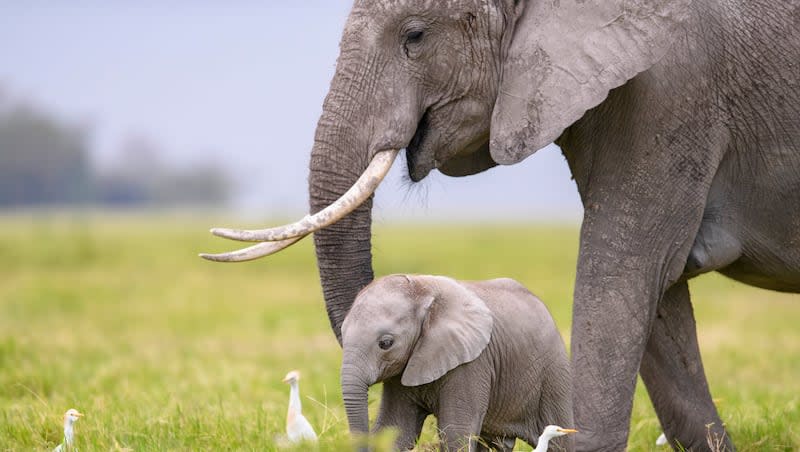All I’m asking for is 1 nature show that I can watch with my kids without scarring them for life

- Oops!Something went wrong.Please try again later.
During a recent Friday family movie night, I thought it might be fun to take an educational turn and watch an episode of the new National Geographic series “Queens” on Disney+.
The show features narration from Angela Bassett who tells the stories of female animals and their fight for their family’s survival; it features thrilling wildlife footage from some of the world’s most exotic locations. The subjects of the first episode, titled “African Queens,” are three lioness sisters and a hyena matriarch and her daughters living in Tanzania’s Ngorongoro crater.
Which should make for great family viewing, right?
I gathered my children ‘round to watch what I thought would be lions being majestic and hyenas being silly. Which means I was expecting a more natural version of “The Lion King,” but not the live-action one they released a few years ago because that was pretty dumb.
What I did not expect from “African Queens” was the murder of three baby animals — a baby hyena, a baby water buffalo and a baby lion — in one 48-minute episode. We were spared the visuals of the baby lion’s death, but not the hyena’s or the water buffalo’s. The hyena’s demise, at the paws of another hyena, was especially graphic. I began begging the television screen for a cutaway.
I guess I failed to notice the TV-14 rating in the corner of the screen. The other episodes in the series are rated TV-PG and supposedly aren’t as violent, but boy, that first episode came in hot and traumatizing. By the final third of the show we were all watching through laced fingers over wide eyes, pleading, “oh no, oh no, oh no” as we watched a mother lioness transport her cubs one at a time to a new den while a murderous male lion lurked nearby.
Of course, the show’s creators are not at fault for simply depicting the way animals live and interact in the wild. The episode was extremely well-crafted and used cutting-edge technology to film the animals, even at night. It was impressive, compelling and genuinely informative. I learned more about lions and hyenas in that single episode than I had learned in my entire life. The series has a 7.6 out of 10 rating on IMDB with reviews praising the breathtaking cinematography produced by the National Geographic team.
It is I who am to blame for forgetting just how brutal nature is and accidentally exposing my children — ages 12, 9 and 5 — to that reality. And for not turning it off halfway through.
I had forgotten that I made it exactly one episode into the BBC’s “Planet Earth” before giving up, and not even the whole episode because I got too depressed to finish after a baby elephant lost its herd and wandered alone in the wrong direction toward certain death. I swore then to never watch another nature documentary. I wish I had remembered that promise to myself, and I wish I had just cut our losses halfway through “Queens,” but I kept thinking it would have a happy ending. It did, sort of, but not until the emotional damage was done.
Some of us are just not cut out to face the cold, hard reality of animal life in the wild. And by some of us, I mean my entire family. By the end of that first “Queens” episode, we all had elevated blood pressure and quickened pulses. “I hope I don’t have nightmares tonight,” one of my daughters said, glaring at me as she marched off to bed.
Which, honestly, I deserved.
So the next time I have a hankering to watch some animals frolicking in the wild with my children, I think I’ll stick to the animated, fictionalized versions Disney has created for softies like me.
But if you’re tougher than I am and curious about the role of animal matriarchs in the natural world, “Queens” is well worth your time.
All seven episode of “Queens” are available to stream on Disney+ and Hulu

